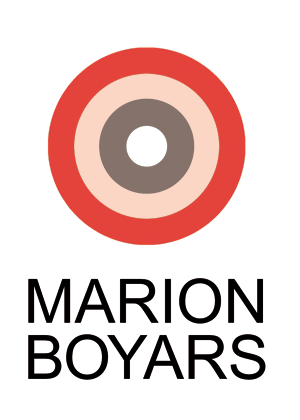
Extract from From CBGB to the Roundhouse: Music Venues through the YearsTim Burrows
A Bigger Beat
As these new musical forms – jazz, r ‘n’ b and rock ‘n’ roll – took over the popular consciousness, it became clear that bigger venues would be required. The Rolling Stones, for instance, played Alexandra Palace in north London in July 1964 with John Lee Hooker on the bill also. ‘Ally Pally’ as it is affectionately known was built in the 1870s and nicknamed ‘the People’s Palace’. It opened in 1877, after fire had devastated the original building in 1875. In 1935, the south east wing
started being used by the BBC for a new venture – television. But there was no gig bigger than The Beatles’ appearance at Shea Stadium. Sid Bernstein, a Jewish impresario from Harlem, grew up near to the Apollo Theater, and took to music in a big way. He organised jazz concerts in the bars of New York during the 1950s.
In the early 1960s he became obsessed by the burgeoning music scene in Britain, and gave Brian Epstein a call during the summer of 1963, suggesting he bring The Beatles to America. In 1964 they came to New York, and played two sold out shows at the 2,800 capacity Carnegie Hall.
The potential of the group’s popularity was shown when kids camped overnight outside the venue to make sure they could get tickets – the two nights sold out in forty minutes. This early indication of their possible success made Bernstein think even bigger. After rejecting Madison Square Gardens, which could house 17,000, he aimed for an even more ambitious show at the 55,000 seat, shiny new home of the New York Mets, Shea Stadium in Queens. The team themselves were
pretty lousy – ‘I felt sorry for them,’ Bernstein would later claim – but their stadium certainly was not. It felt futuristic, utopian; escalators would carry you silently up to your seats on the upper tier. It was the first concert to be held at an arena used for sport, and the biggest concert held anywhere at that point.
VOX, the company who provided the speakers, designed a revolutionary new 100 watt sound-system for the event. Yet the sound of tens of thousands of high pitched screams – like an Arctic wind or a bad case of tinnitus – provided backing for the entire programme. From the moment popular DJ Murray the K announced the first part of the night’s entertainment, the Discotheque Dancers, to the sets from sassy Motown singer Brenda Holloway and Sounds Incorporated, it was all-enveloping, and constant. When the main act arrived, it could only get worse. It is well-documented that the sound-system was inadequate to cater for that many people, particularly when you factor the tinnitus into the mix. It is interesting (and slightly amusing) to watch the footage of Sounds Inc.’s lead man trying to pull off the usual call and response part of the Sounds set, against what was by this point a solid wall of shrieking (one wonders whether some fans may even have thought the band was The Beatles, the similarity of their grey jackets to the Beatles’- garb adding to the fact that they were hardly visible to anyone trapped in the seats around the perimeter.) ‘Everybody clap your hands now, lets see it, come on. Everybody!’ the Sounds Inc. frontman implored. The shot quickly cuts to the audience, where there is a decided lack of clapping aside from the odd half-hearted attempt.
Yet their performance is intense. Each action is magnified and over exaggerated in an attempt to make the gig visible to the tens of thousands watching. Sounds Inc. were a band that affected a kind of uniformity performance-wise – think sax-happy Shadows – yet here every vein is pumping, every neurone is bursting in the singer’s body. ‘Let’s hear you! Everybody have a good time! Let the good times roll!’ he calls out while clapping his hands quickly, furious. Sparks of intensity shoot from him. In brief, unworldly screams, his voice cracks and gurgles. ‘Everybody say YEEEEEAAHH!’, he cries, sinews stretching, awaiting the response. Watching this footage today, it’s hard to tell whether he achieved the response he desired, such is the constant pitch generated by the crowd, but at this show it doesn’t really matter. He flings himself into the air, as if suddenly superhuman. Perhaps he was just trying to make himself visible to the audience – this was before the invention of the big screen, a luxury that is expected at all big live events today, and the stage, positioned at second base, was far away from the seats.
At this particular gig, even John Lennon, the self-assured-yet-self-deprecating Liverpudlian superstar, was overwhelmed. He reverted somewhere deep within himself and a surrealist Lancashire comedian emerged. The Beatles were known for jokes during their stage act, but here Lennon had cut loose from his moorings. He talked nonsense, gesticulated, played piano with his elbows. It seemed a perfectly reasonable reaction. Facing 55,000 screaming fans, who were meant to
be there for the music, trying to penetrate the incessant din, you might be forgiven for wondering where you could possibly go with such a show and if you even wanted to go there. A year on The Beatles would give up performing live as a group forever.